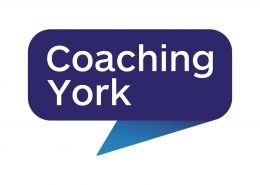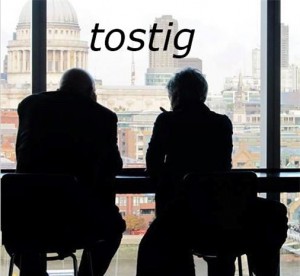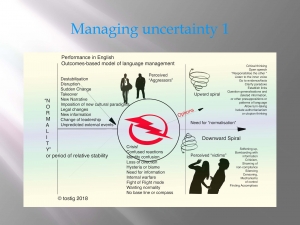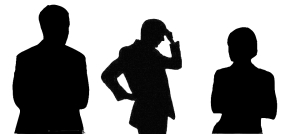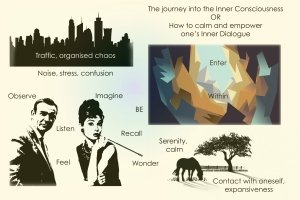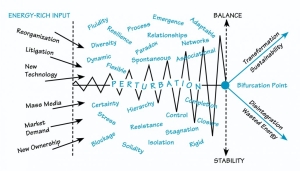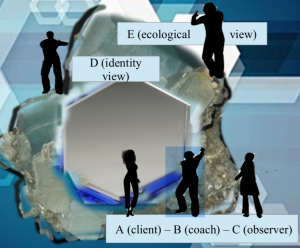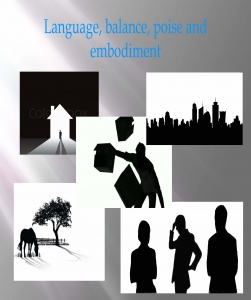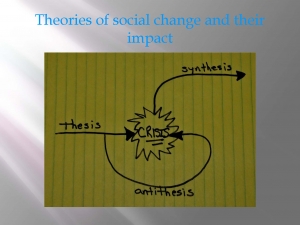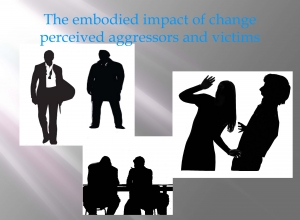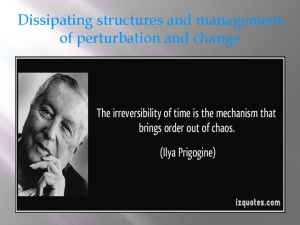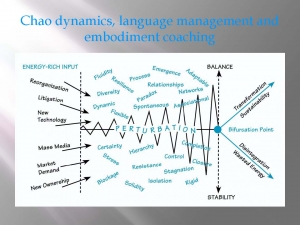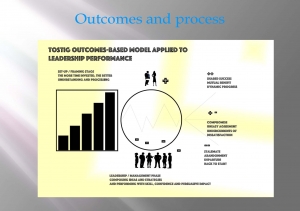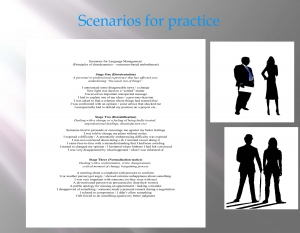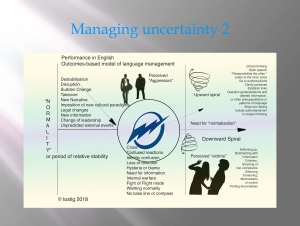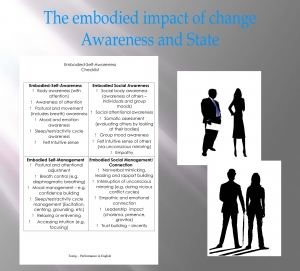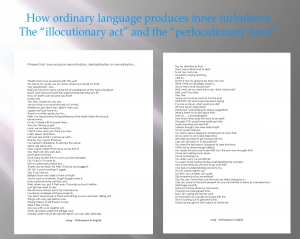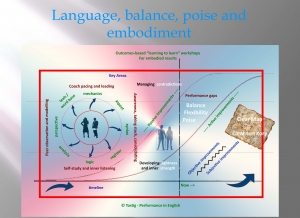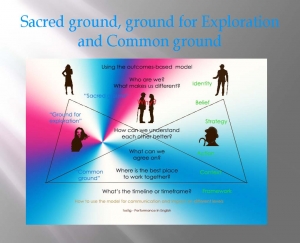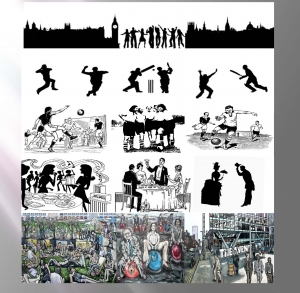Thank you to all who came to the embodied workshop at YorkStJohn and I greatly enjoyed it! Sadly, though, with any short workshop there wasn’t the time needed to show how the protocols work in a coaching environment based n real situations and embodied principles.
I plan to give a half-day demonstration in the York Coaching week in 2019, this will permit the development of personal protocols in language and take further the 3-step protocols I introduced briefly on Tuesday.
Embodied practice is anything but theoretical. Having an awareness of the links to semantics and semiotics, chao-dynamics and not to mention the social sciences, mental, emotional and physical health; or systems analysis, helps in seeing the mutual effects of communication; in a way these theoretical points are fairly insignificant once the embodied practice is experienced.
This works far better in small groups of no more than 6 (using video recording of performance too); presenting it to large groups leaves little time for the peer observation and discovery.
Embodied practice of the chao-dynamics of destabilisation is an antidote to the (in my opinion) over-mentation and left-brained-ness that comes with so much theory – it rehearses in essential ways how to carry out on our feet the things that we read about in books and that in the heat of the moment are forgotten. As with any actor on stage, “turning up for the show” and wondering about a ‘toxic’ reaction, is not enough, considerable rehearsal and language review will go a long way.
It examines the fundamental links to language and specifically the difference between an “Illocutionary Act” and its “Perlocutionary Force” and allows for a graceful and impactful style that reverses destabilisation, it converts the downward spiral that is systemic in all organisations, into an upward one, using protocols that are rehearsed in changing scenarios based on real experience, with the coach, in an embodied way.
Chao-dynamics workshopStay in Touch
choose your language to view this site
tostig-PerformanceinEnglish company information
ZOEFTIG (TOSTIG)
Address:
West Paddock
Massey Lane
BB9 5JT
Pendle
Lancashire
t: +44 (0)7708364021
e: info@performanceinenglish.com
info@tostig.couk
D-U-N-S® number 21-693-0166
Companies House UK 7397654
Pages
- About Us
- Blog
- Calendar
- Change Management where English is the lingua franca
- Coaching Articles
- Elocution
- Exam preparation
- FAQ and contact form
- Home Page
- Intensive coaching the UK
- Job-oriented promotion coaching
- Listening skills
- Miscellaneous
- NLP/Hypnotherapy
- Other services and information
- Performance coaching with Embodied Leadership
- PIE for Actors
- Places of Interest
- Portfolio
- Privacy Policy
- Skype coaching
- Testimonials
- University academic pre-sessional
- VIP and high-status individuals
- Virtual Coaching and Training
- Voice and Leadership Coaching
- What is involved in Performance in English coaching?
Proud to be a long-standing Associate of..
Delighted to be collaborating with Learnlight, HR, L&D and Global Mobility leaders

Pleased to be working with Titanium Tutors

Certificated GLA (Global Leadership Assessment 360˚) the world’s no.1 Leadership Coach

Freelance trainer with CERAN

We are proud to be associated with agents:

Associated with Coaching York
